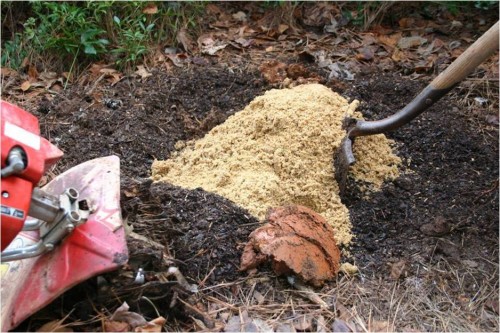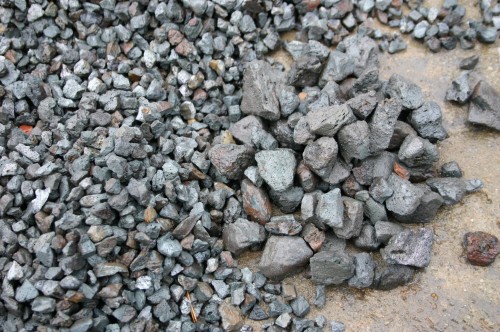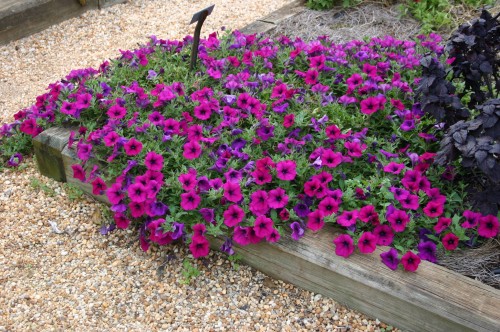





Q: I recently purchased a house and all of the soil around it seems to be hard, red clay. I want to have flowers this spring but I know I’ll have to make the soil better somehow. What do you do yourself to prepare a new bed?
A: For me, late winter is a great time to prepare the soil in beds where I intend to plant. The earth is usually damp, so I can shovel it up easily. Many days have sunny afternoons but cool temperatures so I can work without sweating too much. Psychologically, the earliest blooms give me that extra push I need to put on my gloves and walk up to my shed to gather my tools.
I use a long-handled, round-pointed shovel to accomplish the initial digging. I heave up big clods of soil and turn them over so any weeds or grass growing on the spot will die in a few days. I don’t try to chop the clods apart unless they are semi-dry. Otherwise, the big soggy clumps will just turn into small concrete-like lumps. After a few sunny days, the clumps dry out enough to be broken apart easily.
At this point, I decide whether to finish the job by hand or bring in a motorized tiller. I own a small, two-cycle tiller that does an excellent job pulverizing clods and mixing in organic matter. Usually I choose the tiller because it mixes the soil so thoroughly. After running over the bed with the tiller, I shovel out a wheelbarrow of soil to make room for soil conditioner or “planting soil”. I add a 2 cubic foot bag of this organic matter per eight square feet of bed. I also sprinkle a half cup of 0-46-0 fertilizer and four cups of garden lime into the bed. The tiller comes back into use to mix everything with the clay. On top is dumped the wheelbarrow of soil and it is mixed into the mound too.
The result is a flower bed full of soft soil ten inches deep. Few plants can resist the excellent drainage and easy-to-penetrate conditions in a bed like this. My only problem is that I have to redo the bed every three years, because the organic matter gradually disappears.
To remedy this, I’ve started adding expanded shale (PermaTill) plus organic matter to my flower beds. Dr. Tim Smalley, professor of horticulture at The University of Georgia, observed good results with adding expanded shale to his trial flower beds and I get the same results. PermaTill is usually available at small, local nurseries.


the porous stones of expanded slate promote drainage and hold moisture

Copyright © www.100flowers.win Botanic Garden All Rights Reserved